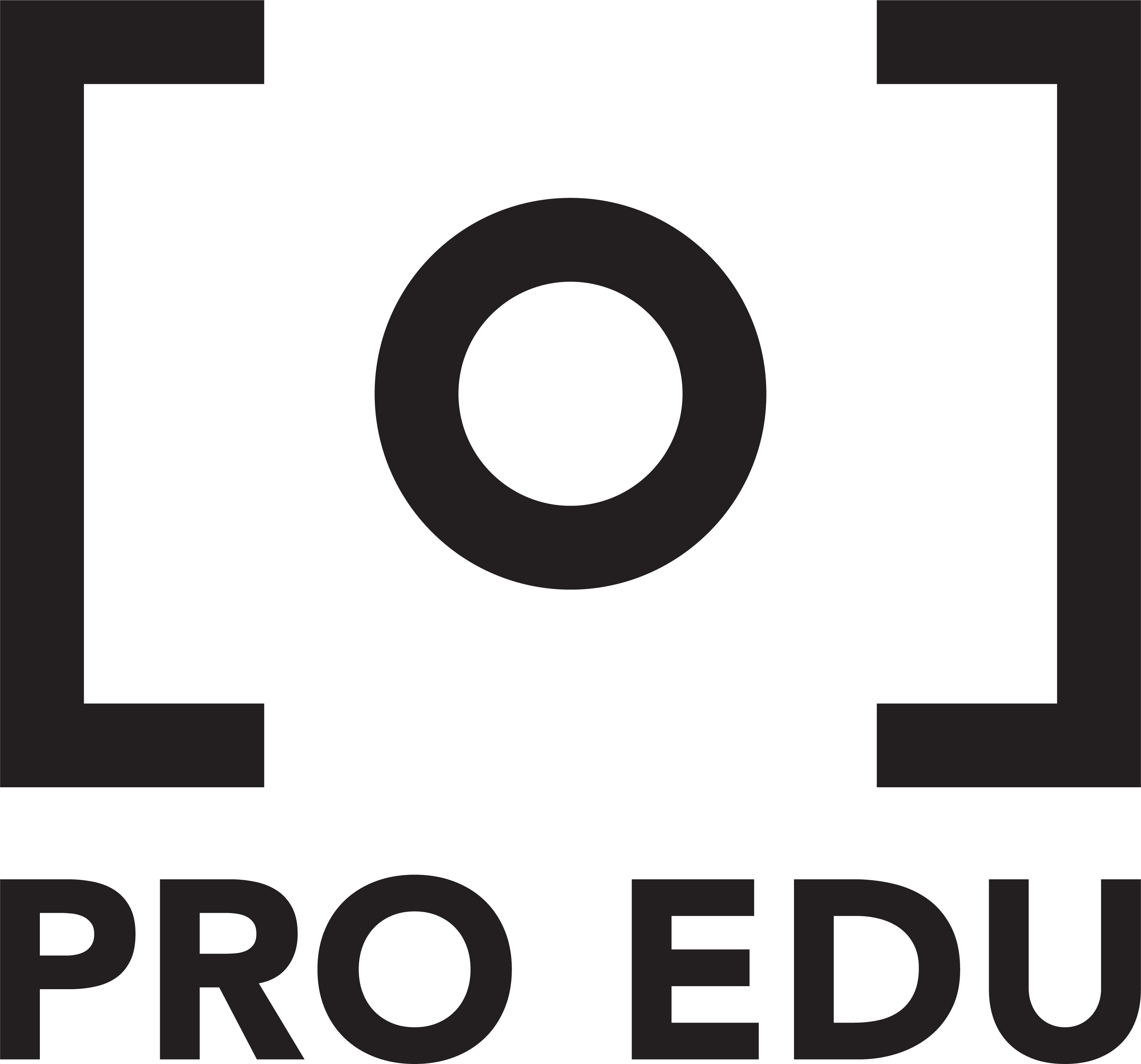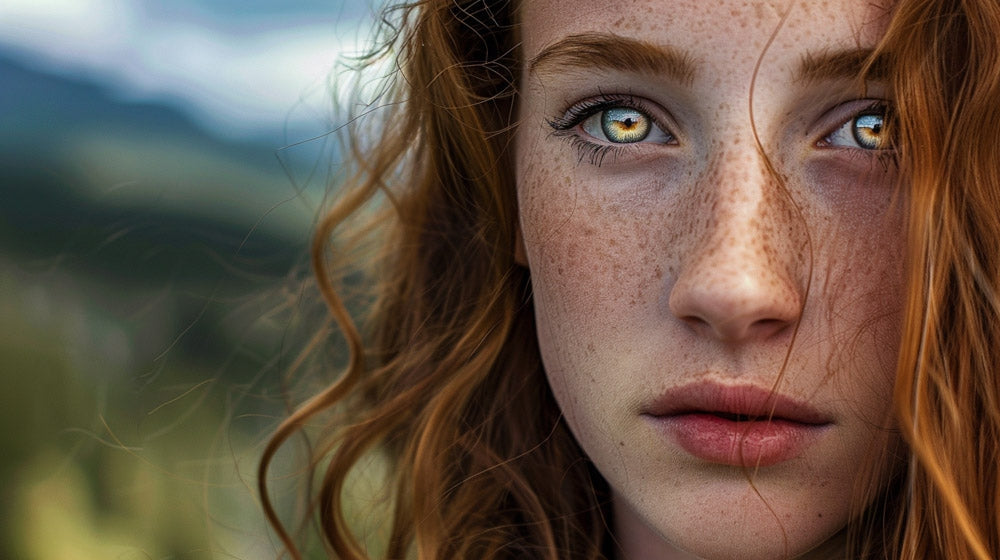What is a Photography Rep and What They Do for Photographers
A 10-Part Guide To Photo Reps | Part 1
As photographers, we often need representation to help us get our work in front of the right people. That's where photo reps come in. Here are some key things to keep in mind when working with a rep:
| Point | Description |
|---|---|
| 1 | A rep is an agent who helps photographers find work and negotiate contracts. |
| 2 | Reps typically take a commission on any work they help secure for the photographer. |
| 3 | It's important to find a rep who specializes in your type of photography. |
| 4 | When looking for a rep, ask for referrals from other photographers in your industry. |
| 5 | Make sure you have a strong portfolio before approaching a rep. |
| 6 | Be prepared to discuss your goals and expectations with the rep. |
| 7 | A good rep will provide guidance on pricing, contracts, and other business matters. |
| 8 | Communication is key - make sure you and your rep are on the same page about your career goals. |
| 9 | Remember that a rep is there to help you, but ultimately you are in charge of your career. |
| 10 | Working with a rep can be a great way to take your photography business to the next level. |
By keeping these points in mind, you can find a rep who will help you achieve your goals as a photographer.
WHAT DOES AN AGENT DO?
As a photography agent or rep, our primary role is to support the business side of the relationship in a way that allows the photographer to concentrate more fully on the creative side. We act as a liaison that handles various parts of the business side of photography and can give an alternative point of view or perspective for the photographer to help them stay competitive.
Our main focus is on marketing, which is really what the photographer needs. We help promote and win new business for the photographer and take a fee or percentage of the job on the back end. The percentage or fee can vary depending on the type of work the photographer does, and it can range from 10% to 50% of the total fee.
We also handle estimates, production, invoicing, and bookkeeping for the photographer. We help manage and promote a group of photographers, and we take care of the volume of work that comes in. We work with our client base to gain more contacts, negotiate contracts and fees, and even serve as a mentor to help photographers understand the industry.
We can also act as a sales manager, selling the photography services of the photographers we represent. We help photographers create a portfolio that showcases their work and helps them win new assignments. We may work with a photographer on a commission basis or an exclusive basis, depending on the photographer's needs.
The job description of a photography agent can differ drastically depending on the market, location, country, and clients involved. Some agents may have house accounts, while others may work with a variety of clients. Successful photography agents have a deep understanding of the industry, and they know how to market their photographers to the right clients.
WHAT QUALIFICATIONS DOES A PHOTO AGENT NEED?
A photo agent is responsible for representing a professional photographer. They help photographers to find clients and negotiate deals. They also help photographers to manage their careers and stay on top of industry trends. A good photo agent needs to have a variety of qualifications to be successful.
Experience
One of the most important qualifications for a photo agent is experience. A good photo agent should have several years of experience in the photography industry. They should have a deep understanding of the industry and be able to help photographers navigate the complex world of photography.
Creativity
A good photo agent should also be creative. They should be able to help photographers to develop their creative vision and find new and interesting ways to showcase their work. They should be able to think outside the box and come up with innovative solutions to problems.
Professional Photographer
Many photo agents come from a professional photography background. This gives them a deep understanding of the industry and allows them to relate to photographers on a personal level. A photo agent who has experience as a professional photographer can be especially helpful in understanding the needs of their clients.
Mentor
A good photo agent should also be a mentor to their clients. They should be able to provide guidance and advice on how to succeed in the industry. They should be able to help photographers to develop their skills and build their careers.
Job Interview
When hiring a photo agent, it is important to conduct a thorough job interview. This will allow you to get a sense of the photo agent's qualifications and experience. You should ask questions about their experience in the industry, their approach to working with clients, and their philosophy on photography.
Experiences
A photo agent should have a wide range of experiences in the industry. They should have experience working with different types of clients, from commercial clients to fine art clients. They should also have experience working in different markets, from Los Angeles to Miami to London.
Qualifications
There are no specific qualifications required to become a photo agent. However, a degree in photography, marketing, or business can be helpful. It is also important to have strong communication and negotiation skills.
In conclusion, a good photo agent needs to have a variety of qualifications to be successful. They should have experience in the industry, be creative, and be able to mentor their clients. When hiring a photo agent, it is important to conduct a thorough job interview and ask questions about their experience and qualifications.
WHAT HAS CHANGED IN THE AGENCY INDUSTRY?
The agency industry for creatives has seen a significant shift in recent years. The traditional business model of photographers using photo reps to promote their work has been disrupted. With the rise of social media platforms, talented photographers now have the option to self-promote online with much lower barriers to entry. However, it is important to note that a good agent can still be priceless.
In the past, photographers would advertise their services in quarterly publications such as AtEdge, Lurzhers Archive, and Workbook, reaching national and international art buyers. They would pay per page to get their work in front of potential clients. Today, many younger photographers opt for the free route of social media to reach more people for a lot less.
The role of a photo rep traditionally focused on building relationships with ad agencies and art buyers on behalf of their photographer. This networking was critical to ensure that their working photographers were always top of mind when a job came up. However, this method is incredibly time-consuming and inefficient, considering one agent can only have so many in-person meetings and one-on-one portfolio showings at a time.
With the rise of online platforms like Behance, photographers can showcase their work to a wider audience without relying solely on a photo rep. This has led to a decrease in the use of photo reps, especially for younger photographers.
In conclusion, the agency industry for creatives has seen a shift in the way photographers promote their work. While photo reps are still valuable for building relationships with clients, the rise of social media and online platforms has given photographers more options for self-promotion.
HOW DO YOU WORK WITH A REP?
Working with a photography rep can be a great way to get your work seen by more clients and to negotiate higher fees. To make the most of the relationship, it's important to establish trust and a good working relationship. We recommend that you communicate clearly and proactively with your rep, providing them with high-quality content and guidance on your point of view. You should also negotiate fees and contracts carefully, and ensure that you have a clear understanding of what your rep will do for you. It's also important to have a strong portfolio website and to network effectively on social media platforms like Twitter. Finally, keep a calendar of your promotions and exposure to help you stay on track.
Related Courses:
Frequently Asked Questions
How do photography representatives assist photographers in their careers?
Photography representatives, also known as photo reps, can assist photographers in many ways. They can help photographers with marketing, negotiating contracts, finding new clients, and managing their finances. Photo reps can also provide valuable advice and guidance to photographers who are just starting out in their careers. By acting as a liaison between the photographer and the client, photo reps can help photographers focus on their craft while handling the business side of things.
What are the typical fees or commissions for a photography representative?
The fees or commissions for a photography representative can vary depending on the agency and the photographer. Typically, photo reps charge a commission on the photographer's earnings, ranging from 15% to 30%. Some photo reps may also charge additional fees for services such as marketing and promotion. It's important for photographers to carefully review the terms of their agreement with a photo rep before signing on.
What are the benefits of having an agent for a professional photographer?
Having a photo agent can provide many benefits for a professional photographer. Photo reps can help photographers find new clients, negotiate contracts, and manage their finances. They can also provide valuable advice and guidance on all aspects of the photography business, from marketing and promotion to pricing and licensing. By handling the business side of things, photo reps allow photographers to focus on what they do best: creating great images.
What steps should a photographer take to secure representation by an agency?
To secure representation by an agency, photographers should first research potential agencies and photo reps to find a good fit for their style and career goals. They should then prepare a strong portfolio that showcases their best work and highlights their unique style and vision. Photographers should also be prepared to discuss their goals and expectations with potential photo reps, and to negotiate the terms of their agreement carefully.
Can a photographer be successful without an agent, and what are the alternatives?
While having a photo rep can provide many benefits for a professional photographer, it is possible to be successful without one. Photographers can market themselves through social media, online portfolios, and networking events to find new clients and build their brand. They can also work with freelance producers or consultants to help with specific projects or aspects of their business. However, it's important for photographers to carefully consider their goals and resources before deciding whether to work with a photo rep or go it alone.
What is the role of a photography agency in the management and promotion of a photographer's work?
The role of a photography agency is to manage and promote a photographer's work to potential clients and buyers. This includes creating marketing materials, negotiating contracts, and managing finances and logistics. Photo agencies can also provide valuable advice and guidance on all aspects of the photography business, from pricing and licensing to copyright and legal issues. By handling these tasks, photo agencies allow photographers to focus on their craft while building their careers and expanding their reach.









